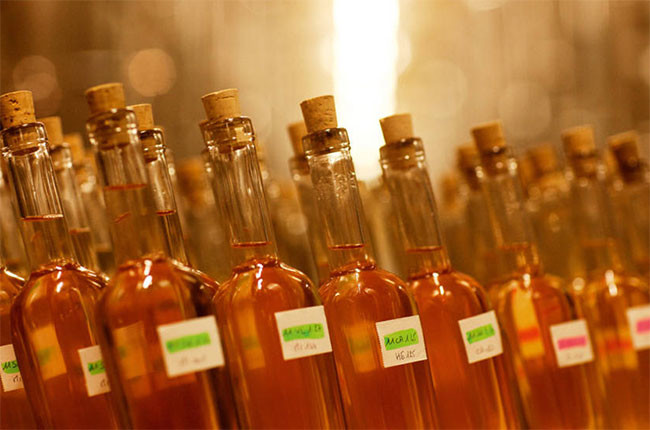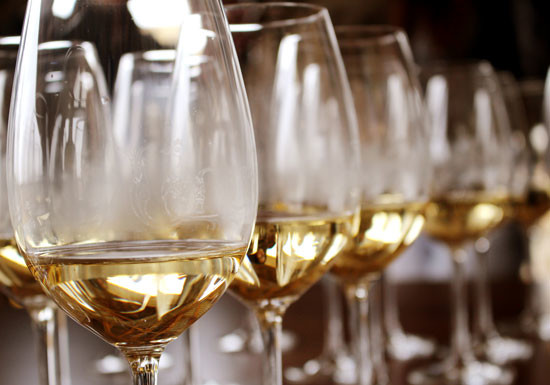What are the basics of wine blending and what do winemakers think about when preparing a blend?

Understanding wine blends
Blending is at the heart of many great wines, be they from Rioja, Bordeaux, Champagne, California, South Africa or Australia.
It’s one of the reasons that some winemakers liken their work in the cellar to that of a chef in a Michelin restaurant.
Winemakers don’t just blend grape varieties. For example, wines can also be a blend of vineyard parcels, a blend of vineyards from a single estate or contracted growers.
Krug Grande Cuvée Champagne, for instance, is a blend of 120 individual base wines sourced from different vineyard plots and covering 10 or more different vintages.
Some producers will blend from several vineyards in different areas, depending on the desired classification and appellation rules. And the same rules also cover which grapes can be used.
In classified Bordeaux and some other areas, blending has arguably become more important with the current winemaking trend for vinifying parcels of vines separately in small vats.
In Spain, ‘the importance of blending is at the basis of Rioja,’ said Pedro Ballesterro Torres MW at a recent masterclass during the Haro Station Wine Experience.
Why blend wine?
‘It makes the wines more complex blending the two components,’ said Agustín Santolaya, general manager and oenologist from Bodegas Roda, where they tend to blend wines from different terroirs to achieve their final result.
Blending wine gives the winemaker more control of certain aspects.
Alongside grape variety, several factors influence blending decisions, including:
Vineyard ageClimate and soil typePicking dateTime spent in oak, and the type of oak
Winemakers use blending to marry these elements depending on what they want.
‘Good acidity is what allows a wine to be laid down for a long time,’ said Alejandro López, oenologist of Bodegas Bilbaínas. Albeit, many critics would say that a power balance with tannin and fruit is also required.
Isaac Muga, oenologist of Bodegas Muga, said the estate uses two wines to ‘provide backbone’ and two more in lesser quantities to add character to the final wine.
Not just any old oak
When it comes to oak, the final wine can be made from stock aged in new and old barrels.
There’s a variety of choices a winemaker has to make: How big is the barrel? Is it French or American oak, or perhaps Hungarian? What size is the grain? Has the barrel toasted?
Part of the wine might also have been aged in a concrete egg, or in stainless steel.
Then it’s a case of deciding what proportion of the final wine should undergo which treatment.
Blending white wines
David González, director and oenologist at Bodegas Gómez Cruzado, said that for white wines that are to be laid down, the blending components must consider aspects like freshness, elegance, and its origin – which can be lost in age.
Again, high acidity levels are necessary for long ageing potential.
They showcased white wines that either had oak ageing, lees stirring or maceration, and made a blend which was ‘better than all of the components individually,’ said González.
‘You have four white wines and they are complete,’ said Ballesterro Torres MW.
‘Then you blend the components together and it’s magic; something completely different.’
Translated by Sylvia Wu / 吴嘉溦
All rights reserved by Future plc. No part of this publication may be reproduced, distributed or transmitted in any form or by any means without the prior written permission of Decanter.
Only Official Media Partners (see About us) of DecanterChina.com may republish part of the content from the site without prior permission under strict Terms & Conditions. Contact china@decanter.com to learn about how to become an Official Media Partner of DecanterChina.com.











Comments
Submit